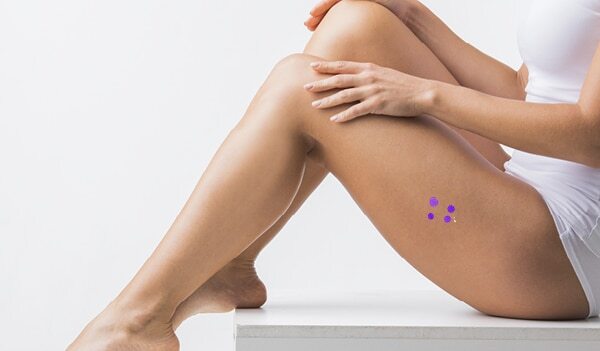Lichen planus is an autoimmune, chronic and inflammatory skin condition which affects both the skin and the mucosal surfaces. There are several types of lichen planus - some of them affect only the skin, some affect the mouth (like your gums and cheeks), some affect the nails, and some can be in reaction to either a drug that you have taken or some can occur with no underlying reason at all. Some people even get oral lichen planus because of certain fillings and metals present in their oral cavity. There have been instances of people getting lichen planus due to their use of Ayurvedic medications which they are allergic to. And while it is not considered a very serious skin disease, lichen planus can be painful and itchy to deal with. The best course of action to help deal with it is to get yourself examined by a professional, and we can help you get started on that.
01Potential triggers of lichen planus
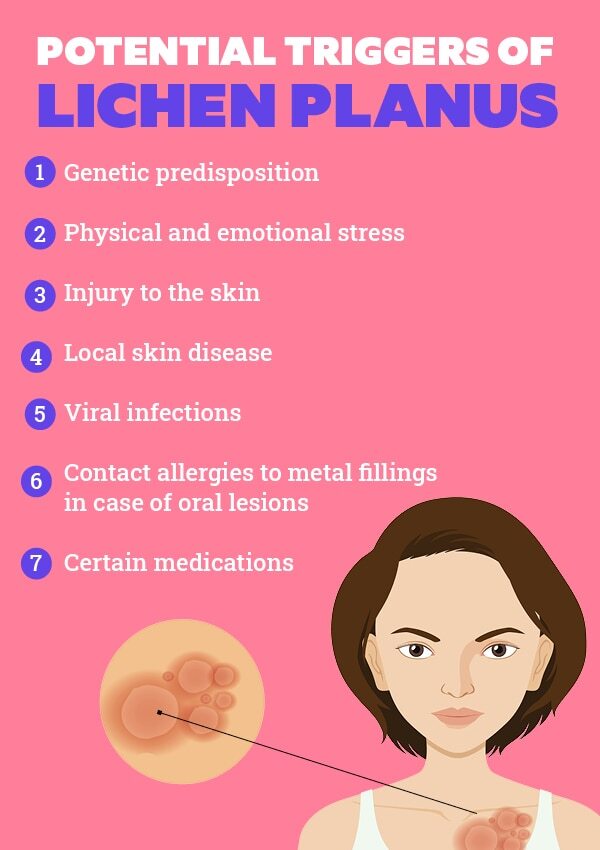
The reason why we are touching upon potential triggers of lichen planus and not determining its causes is that science is still limited in this issue. And as seen above, factors like stress and medications (like quinine or quinidine) cannot be monitored by patients directly, which is why it can get tricky to pinpoint the exact cause of developing this condition. Having said that, our in-house expert Dr. Sravya C. Tipirneni, shed some much-needed light on the condition and how to deal with it.
02What is lichen planus?
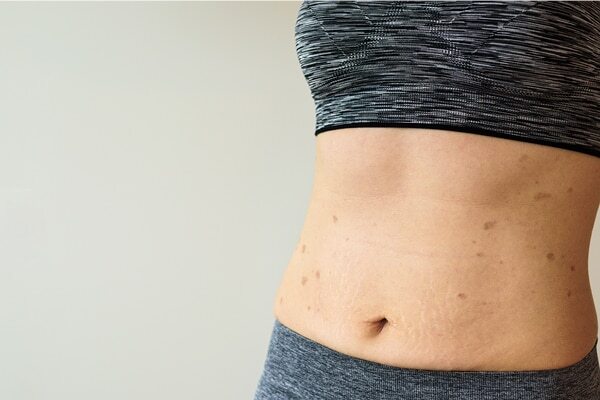
Dr. Tipirneni revealed, "So everyone wonders what really is lichen planus and what causes it. It is a complicated theory and there is no one right answer to date. There are multiple factors involved, but to be very precise - lichen planus is a T-cell mediated, autoimmune disorder in which certain cells attack a protein in the skin and the mucosa." It is non-infectious in nature and needs clinical intervention to get rid of. The treatment may result in visible brown and grey spots and is more noticeable on darker skin tones. They may take a few months or longer than a year to fade.
03What does lichen planus look like?
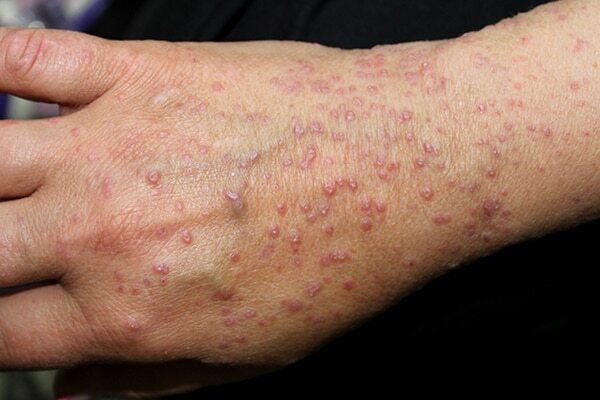
In terms of how you can identify lichen planus, Dr. Tipirneni revealed , "Once a person is affected, what we see them complain about the most in the OPD is numerous, itchy, and small lesions on the body. This is the usual presentation of the condition of lichen planus. The skin condition presents itself in the form of shiny, purplish papules that are polygonal in shape. They are flat-topped and feel firm on palpation. These lesions have thin and lacy white lines crossing the surface which can be seen with a lens." The official term used by medical professionals for the white streaks on the lesions is Wickham's Striae and can vary in number depending on the patient. The colour of these lesions in each patient depends on their skin type. The newer ones have a purple or violet hue, but on the palms and the soles, they look yellowish-brown.
04How is lichen planus diagnosed by a professional?
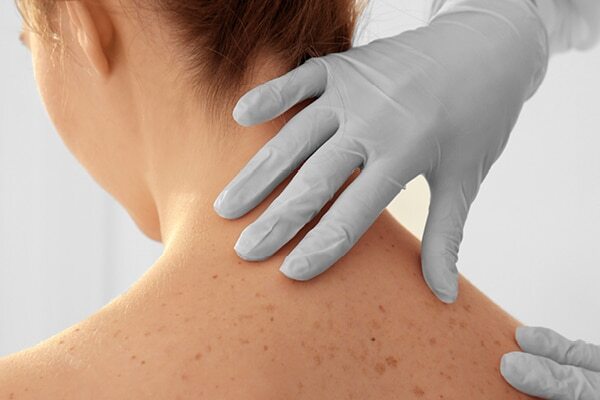
The gold standard for confirming lichen planus is a physical examination. An experienced dermatologist can look at the lesions and confirm that it is a case of lichen planus. Further confirmation can be done with a skin biopsy to confirm the condition - there are typical features which you can see on a histopathological examination. There is also something called immunofluorescent staining which may also reveal deposits of immunoglobulins in the slide. The condition can be confused with other issues like drug eruptions or psoriatic lesions; it could also be an allergic rash and be multiple other things depending on what type of lichen planus is it. So, once a medical professional takes a closer look at it, they can present with the differential diagnosis for the same.
05What are the treatment options available for lichen planus?
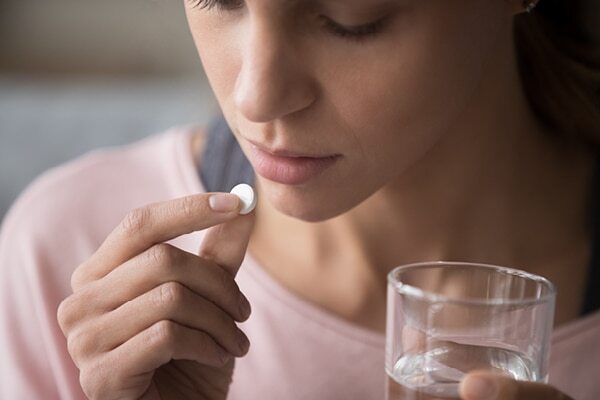
According to Dr. Tipirneni, 'The treatment for lichen planus is not always necessary, but 99% of the time patients come in with very itchy lesions so we inevitably treat it with medication." The types of medication prescribed with regards to this condition are divided into two types:
1. External medications -
The external medications consist of topical creams like steroids, tacrolimus, pimecrolimus, and retinoids. In the case of very large and raised lesions, the approach is to administer there are intralesional steroid injections which show immense response in a very small amount of time.
2. Oral medications -
The oral medications that are given for a very widespread lichen planus and severe disease are oral prednisone - which is usually a 1 to 3 months course - or acitretin, hydroxychloroquine, methotrexate, azathioprine mycophenolate mofetil, and phototherapy depending on the age and health of the patient. If left untreated, hypertrophic lichen planus is the only variant that might turn into cancer. This happens mostly in the form of oral cancer, vulvar cancer or penile cancer. They can be seen as very large nodules or ulcers. These resemble carcinoma, but only very long-standing and erosive lichen planus can result in true squamous cell carcinoma. But cancer from any other form of lichen planus is very rare!
06Expert recommendations for dealing with lichen planus
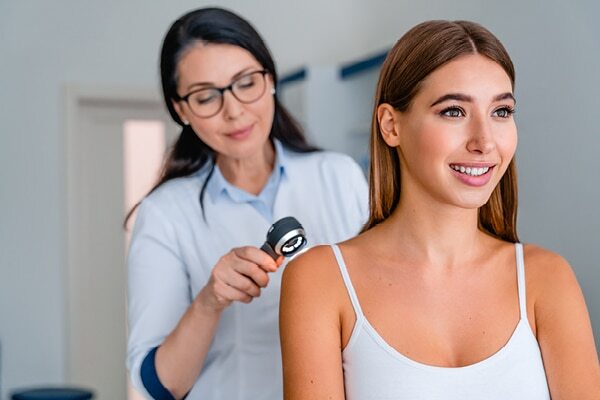
When asked, Dr. Tipirneni touched upon some lichen planus tips and recommendations for patients dealing with the condition. She said, "Skin-related lichen planus usually tends to clear out within a couple of years and most people. But the oral variants are very likely to persist for about 10 years or longer. Spontaneous recovery is very unpredictable and if somebody does not take medication, we don't know what happens. Lichen planus may go away and come back at a later date and scarring is usually of very long duration." She also wanted to press upon the fact that lichen planus eruptions caused by allopathic or Ayurvedic medications usually clear up slowly when the responsible medication is stopped or discontinued. She recommends taking steps to identify the condition at the earliest. Please visit a certified dermatologist and do not rely on home remedies to deal with the autoimmune disease. The earlier it's stated, the better it is. A dermatologist will be able to tell you whether you just need cream, tablets or both and don't wait too long till it gets worse, as then it becomes a challenge for experts to treat it.
07FAQs about lichen planus
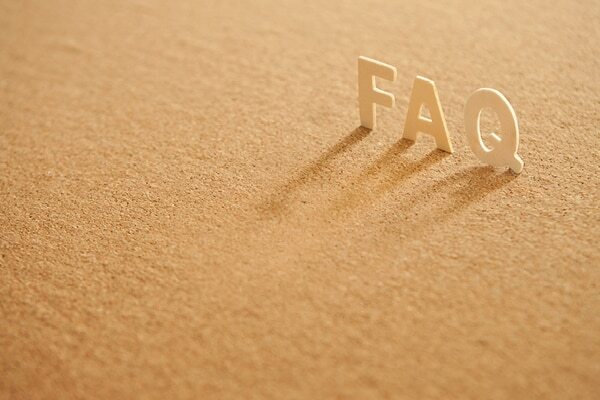
Q. Who is more likely to get affected by lichen planus?
**A. **According to Dr. Tipirneni, lichen planus affects about 1 in 100 people worldwide. It is more common in women and people who are above 40 years of age. Half of these cases are of oral lichen planus and almost all the patients do not have any nail involvement, but 10% do.
Q. Are there different variants of lichen planus that affect the skin?
**A. **Yes, lichen planus variants vary from patient to patient - some of the variants being guttate, hypertrophic or bullous lichen planus. The size of these lesions ranges from a pinpoint to larger than a centimeter. Also, the distribution pattern in which the patient presents his/her condition can be diffusely scattered, or linear (in a line), ring-like called annular, or it can be actinic which basically means sun-exposed areas such as the face neck back of the hands can be affected.
Q. What are the most common places where lichen places can appear?
**A. **Dr. Tipirneni revealed that the location of lichen planus can be anywhere, but most of the places that we see are the front of the wrists, lower back and ankles.

